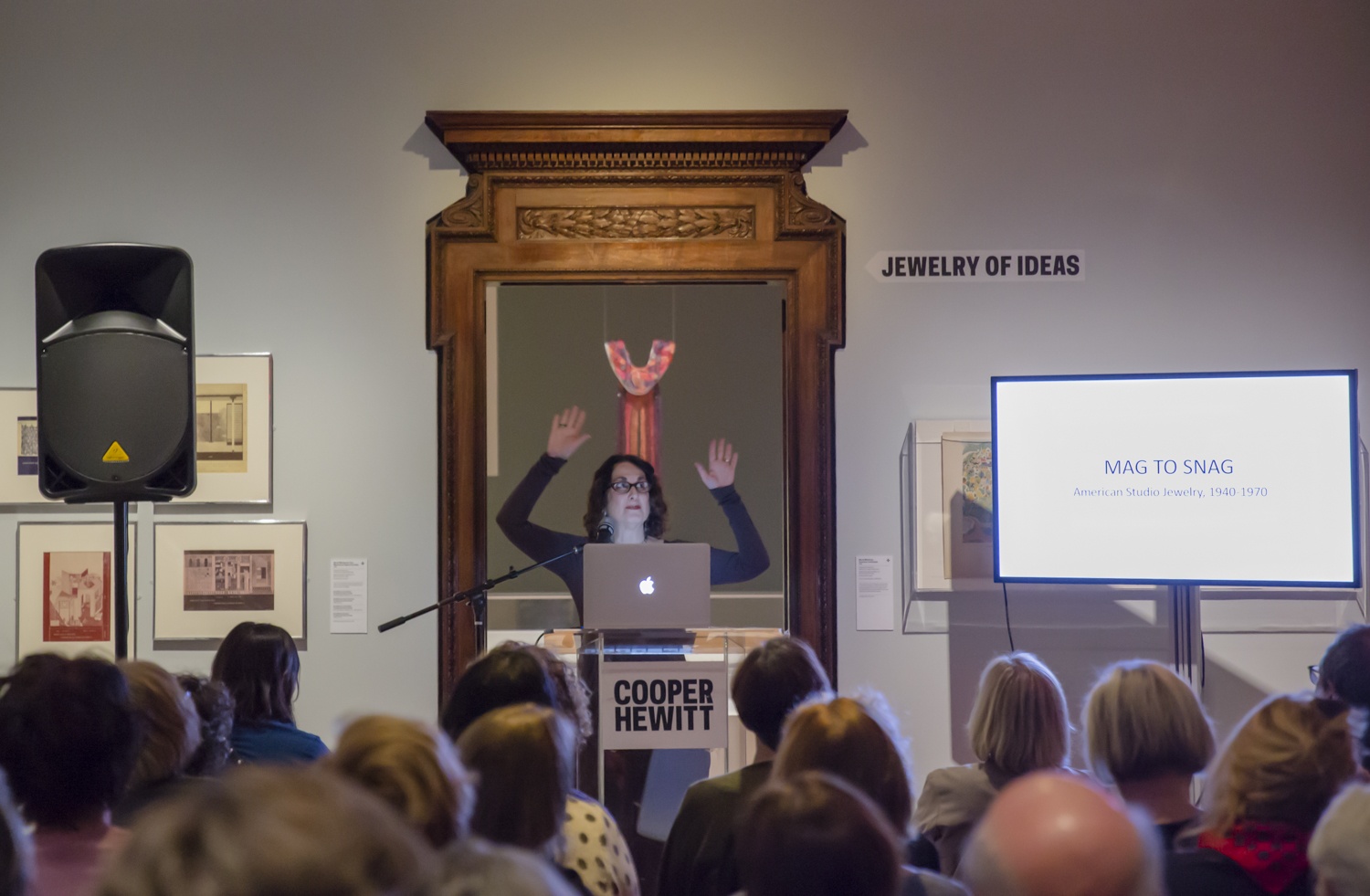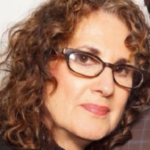MAG to SNAG: American Studio Jewelry 1940-1970


The development of American studio jewelry is crucial to the understanding of contemporary jewelry as it is currently practiced internationally. Art historian Toni Greenbaum discusses cogent issues affecting the evolution of studio jewelry in the United States during the mid-twentieth century.
As part of a broader cultural movement that grew following the end of World War Two, studio jewelry boasted numerous brilliant practitioners throughout the United States. Greenbaum’s talk will feature makers such as Alexander Calder, Art Smith, Sam Kramer, Margaret De Patta, Olaf Skoogfors, Stanley Lechtzin, J. Fred Woell, Ramona Solberg, Alma Eikerman, Arline Fisch, and John Paul Miller, among many others. Greenbaum will also address the formative organizations, educational opportunities, museum exhibitions, publications, and commercial activities that contributed immeasurably to the movement’s trajectory and helped place it where it is today.
 Toni Greenbaum is a New York-based art historian specializing in twentieth and twenty-first century jewelry and metalwork. She wrote Messengers of Modernism: American Studio Jewelry 1940-1960, along with numerous book chapters, exhibition catalogues, and essays for arts publications; she is currently writing a monograph on modernist jeweler Sam Kramer. Greenbaum has lectured internationally at institutions such as the Pinakothek der Moderne, Munich; Academy of Arts, Architecture and Design, Prague; Museum of Arts and Design, New York; and Museum of Fine Arts, Boston. She has curated exhibitions for several museums, including the Victoria and Albert in London. Greenbaum is an associate professor at Pratt Institute in Brooklyn, New York, where she teaches a course in Theory and Criticism of Contemporary Jewelry.
Toni Greenbaum is a New York-based art historian specializing in twentieth and twenty-first century jewelry and metalwork. She wrote Messengers of Modernism: American Studio Jewelry 1940-1960, along with numerous book chapters, exhibition catalogues, and essays for arts publications; she is currently writing a monograph on modernist jeweler Sam Kramer. Greenbaum has lectured internationally at institutions such as the Pinakothek der Moderne, Munich; Academy of Arts, Architecture and Design, Prague; Museum of Arts and Design, New York; and Museum of Fine Arts, Boston. She has curated exhibitions for several museums, including the Victoria and Albert in London. Greenbaum is an associate professor at Pratt Institute in Brooklyn, New York, where she teaches a course in Theory and Criticism of Contemporary Jewelry.
Find out about Cooper Hewitt’s accessibility services.
Jewelry of Ideas: Gifts from the Susan Grant Lewin Collection is made possible in part by the Rotasa Fund, Society of North American Goldsmiths (SNAG), Gallery Loupe, Sienna Patti, William P. Short III, in memory of Nancy Jean Fulop Short, Helen W. Drutt English, Kim and Al Eiber and Ornamentum Gallery.